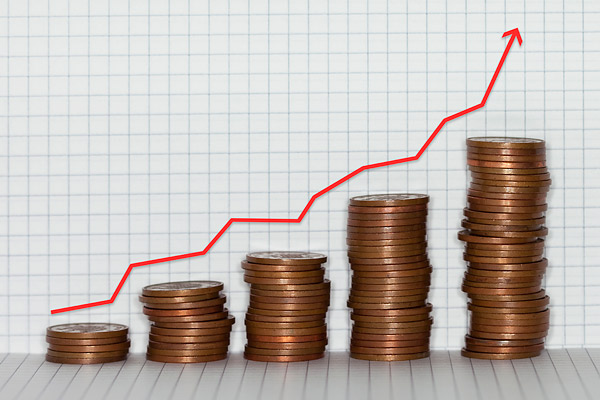Hello all,
I was doing some research on the current inflation rate. The Federal government reports that inflation is 1.5% annually. However, governments have a long history of botching inflation numbers.
If you google "actual inflation rate", you will see many mainstream sources providing proof that inflation is somewhere between 5% (conservatively) to 9%. Do your own research, don't take my word for it.
So, I guess the big question for me is: Am I truly growing my wealth with index funds. Within the past couple years, considering taxes (I don't qualify for an IRA), my earnings would not keep up the a 5% inflation rate.
Any thoughts?
I was doing some research on the current inflation rate. The Federal government reports that inflation is 1.5% annually. However, governments have a long history of botching inflation numbers.
If you google "actual inflation rate", you will see many mainstream sources providing proof that inflation is somewhere between 5% (conservatively) to 9%. Do your own research, don't take my word for it.
So, I guess the big question for me is: Am I truly growing my wealth with index funds. Within the past couple years, considering taxes (I don't qualify for an IRA), my earnings would not keep up the a 5% inflation rate.
Any thoughts?



Comment